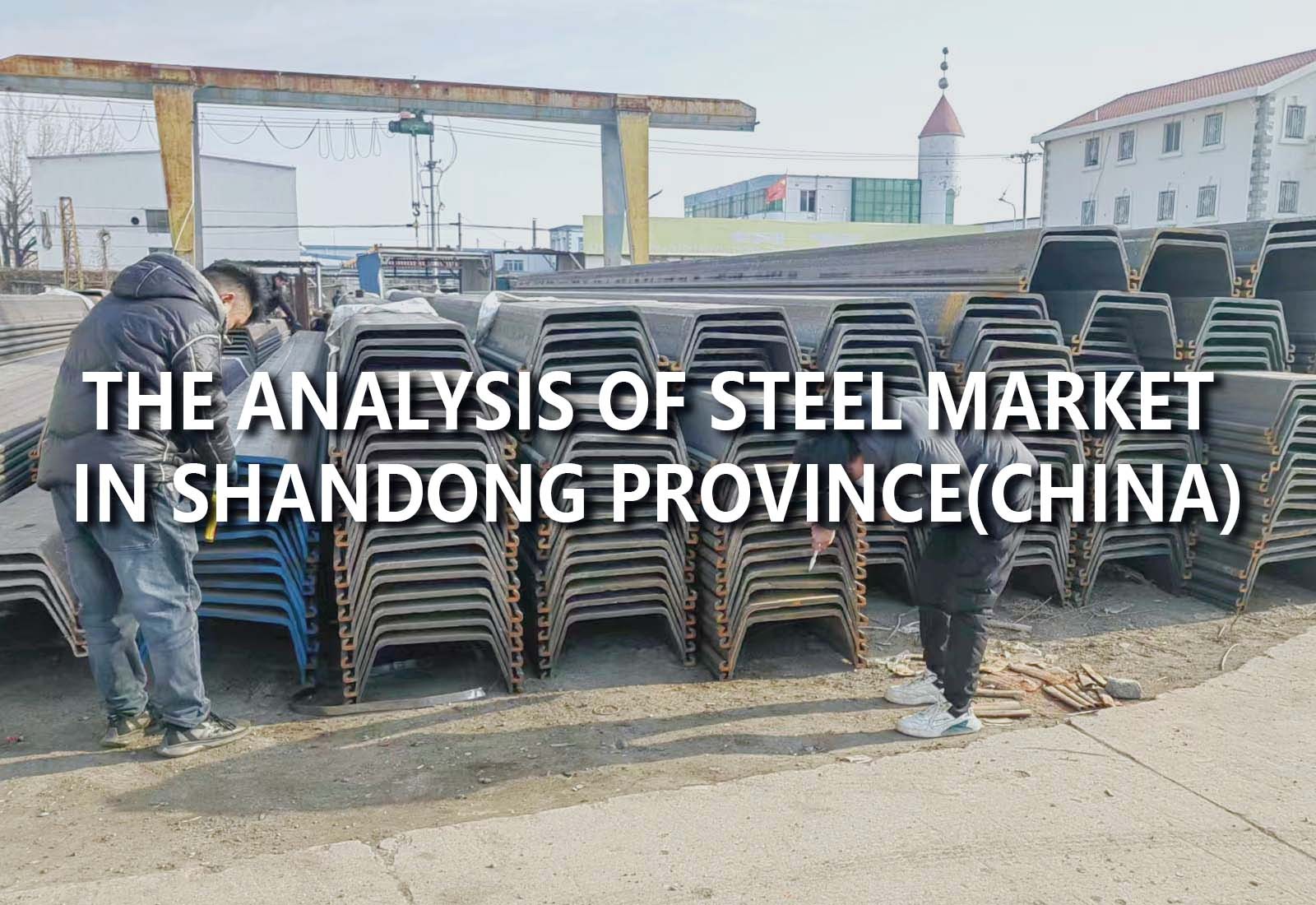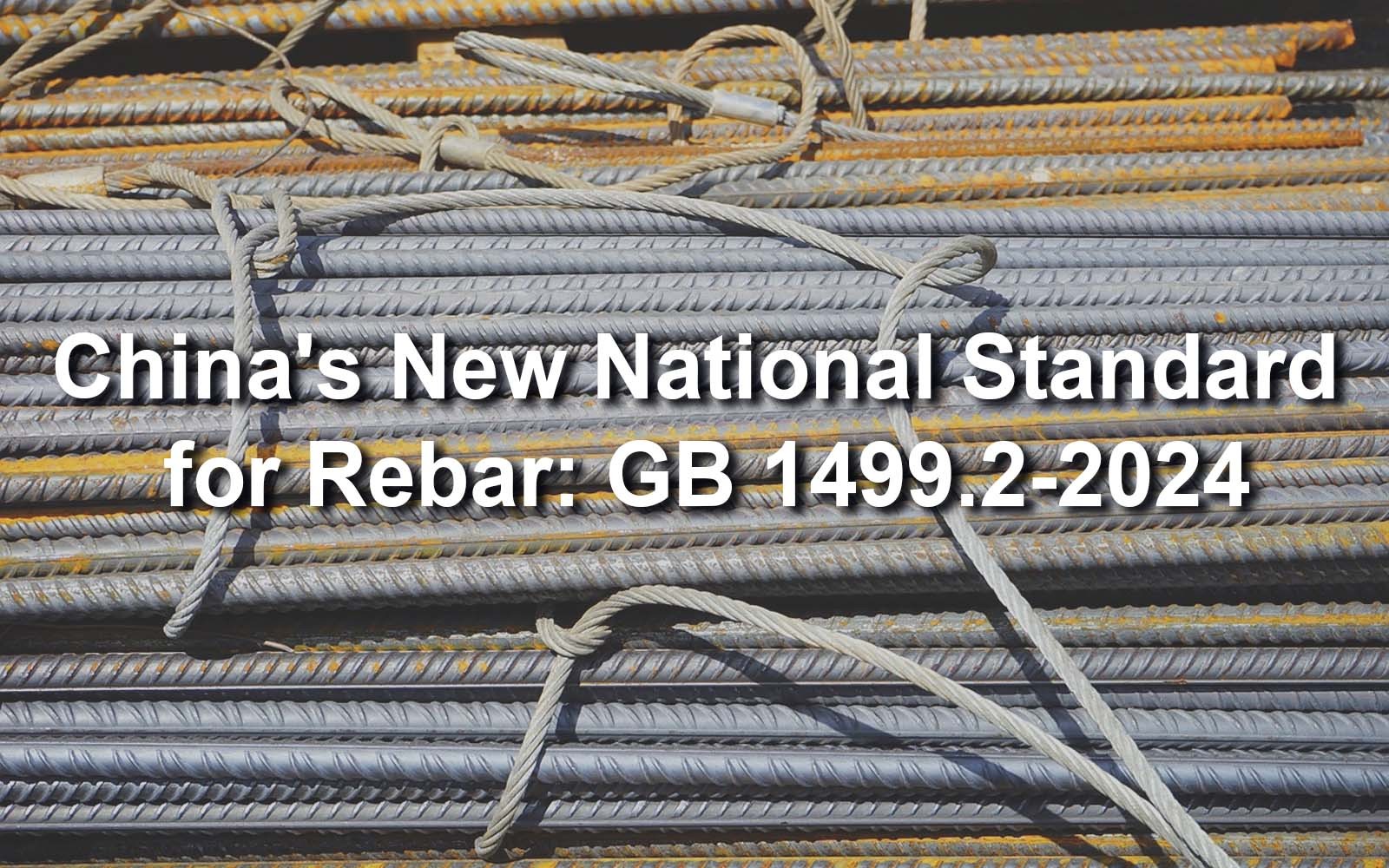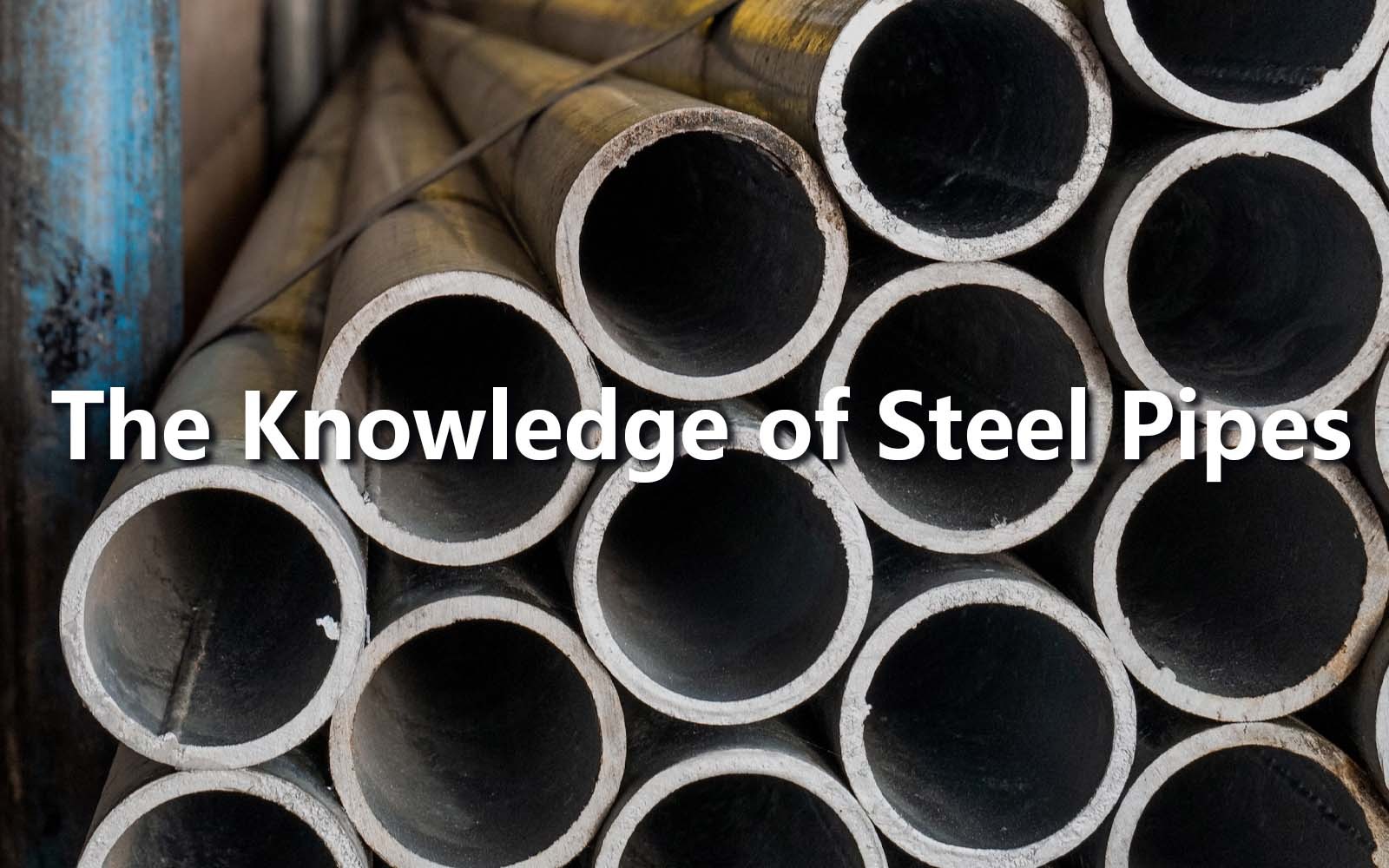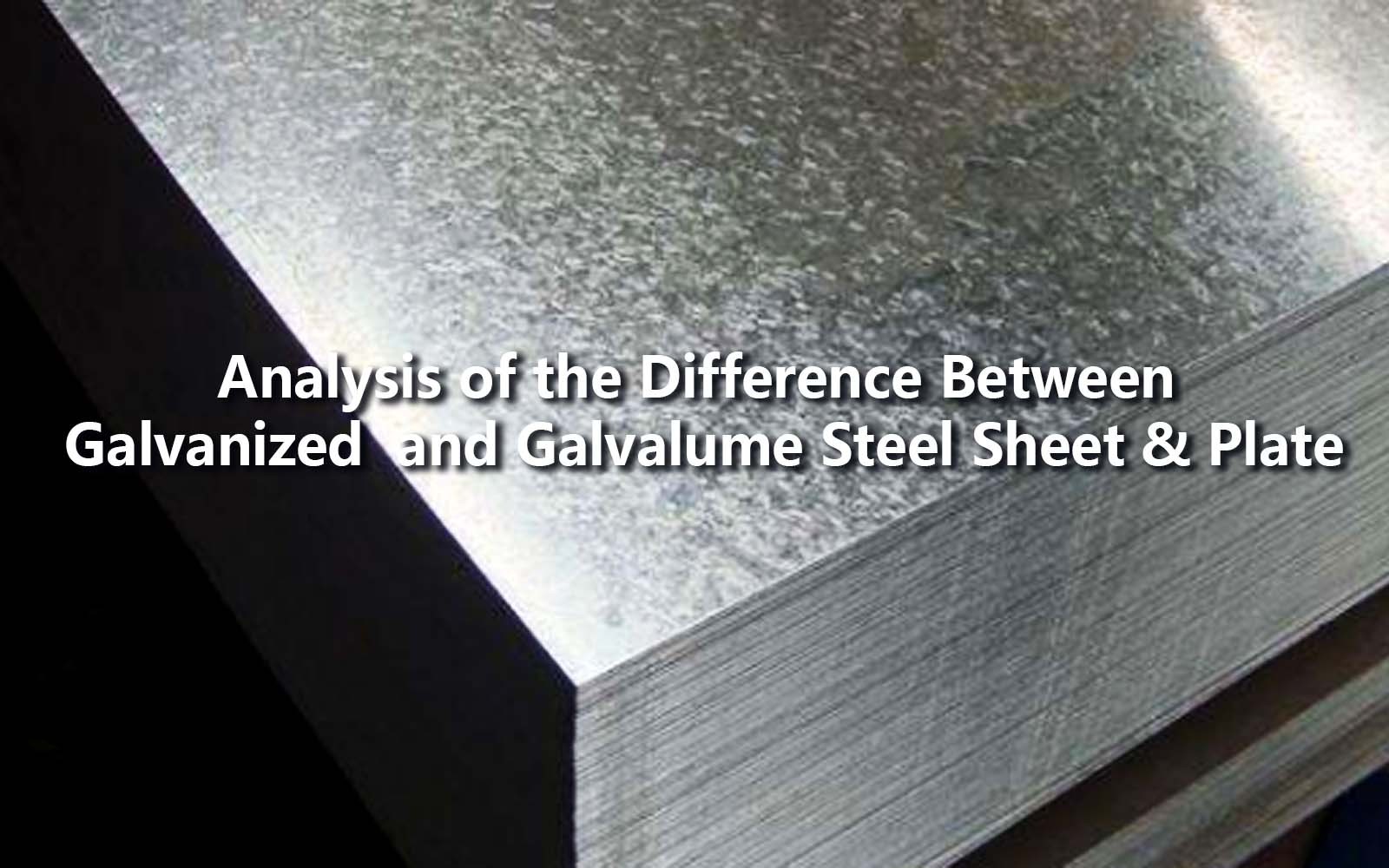

29/12/2025
FEATURE| Steel Pipe Coating System Guide: Selection, Application to Delivery Practice
This article comprehensively outlines the importance, technical classification, inspection and transportation essentials, engineering selection methodology, and future trends of steel pipe coatings, serving as a complete technical guide for engineering projects.

28/11/2025
FEATURE| Corrugated Steel Culvert: The Solution for Cost Reduction and Efficiency Improvement in Infrastructure Engineering
Using corrugated steel culverts instead of traditional concrete culverts for culvert construction offers unparalleled advantages in terms of construction time, cost, and environmental benefits. These trends collectively point to a safer, smarter, and more sustainable infrastructure future.

02/12/2024
FEATURE| Main Shipping Routes for International Logistics Transportation
The routes of maritime transport are distributed between the oceans, which is also the advantage of maritime transport over other modes of transport. When choosing a route, the conditions of the cargo, ships, and ports must be considered, and a comprehensive assessment of the system organization must be made before a reasonable choice can be made.

30/09/2024
FEATURE|The Analysis of the Development Status of Steel Market in Shandong Province(China)
Affected by the terminal market, domestic steel demand will continue to be sluggish, which will lead to inventory backlogs. Therefore, merchants generally begin to seek overseas orders. Domestic steel prices are in the global price trough, and the RMB exchange rate is still hovering at a low level, making China's steel exports more cost-effective.

28/08/2024
FEATURE|The Analysis of the Impact of China's New Rebar Standard-GB 1499.2-2024
On June 25, 2024, China announced the new national standard for rebar -GB 1499.2-2024 (after this referred to as the new national standard) and announced that the policy would be officially implemented on September 25, with a buffer period of 3 months.

29/07/2024
FEATURE| The Knowledge Summary of Seamless, Welded Steel Pipes, Stainless Steel Pipes, and Special-shaped Steel Pipes
A steel pipe is a steel material with a hollow section whose length is much greater than its diameter or circumference. Steel pipes have the advantages of high strength and durability, and those pipes are easy to cut, weld, and form.

28/06/2024
FEATURE| Analysis of the Difference Between Galvanized Steel Sheet and Galvalume Steel Sheet & Plate
Galvanized steel sheet & plate and galvalume steel sheet & plate are two common anti-corrosion steel plates widely used in construction, automobiles, home appliances, and other fields. The two products have similarities and differences.










|

|

|

|

|
| Timely Info | Independent | Platform | Multiple guarantees | Self-operated storage |
| About us | Channel | Useful tools |
|---|---|---|
| About China Steel Market | Prices | Steel Weight Calculation |
| Contact Us | Answers | Why Choose Us |
| Terms & Conditions | Inventory | |
| Privacy Policy | Help |
Hot search words: